8 Popular Gardening Style: Blending Luxury and Sustainability

Many of us dream of a house with a beautiful, sumptuous, and sustainable garden. Designing an outdoor space that not only holds a wide range of plants but is a perfect setting for your morning-evening tea and night barbeque parties requires choosing perfect materials, utilizing small places, and following trends to create your perfect-looking garden. In 2024, upgrade your garden with modern style, expertly blended opulent outdoor living spaces, and eco-friendly practices to create luxurious yet environmentally conscious gardens and yards.
Whether you have a large area or a small space, gardening adds charm to the atmosphere of the house. An outdoor garden provides a serene place to chill out and relax amid nature. This article will guide you through a few designs of home gardening basics, incorporating elegant aesthetics and sustainable features like water conservation, locally sourced materials, native plantings, and low-maintenance greenery.
1. A savvy, minimalistic garden
A minimalistic garden might sound odd when opting for a lavish look, but clean-cut edges, freshly trimmed lawns, and cold stone pathways to walk upon are better than anything. They look simple yet sophisticated. A minimal garden features a limited range of plants and trees. Instead, an adequate number of plant varieties are used for a refreshing look. In a minimal garden, plants are beyond greenery. They are sculptures and artistic statements that enhance the overall aesthetic. As the name suggests, they require minimum effort but give maximum impact to the surroundings. You can Incorporate sustainable materials like locally sourced stone, recycled glass elements, low-water succulents, Japanese maples, and weather-resistant naturally aged wood accents into your garden.
Plants for your minimalistic Zen Garden
- Tree Aloe: Tree aloe or Aloe Barberae are a dream come true for a minimalistic garden as they need the bare minimum to grow. These trees can shoot up to 18 meters and are drought-resistant. They can thrive in hot conditions and hard landscaping but require shelter from cold temperatures.
- Frangipani: This fragment-filled blossom will enhance your minimal architecture and atmosphere. Most of the species are deciduous, losing their leaves in winter, but they will make up for their winter dormancy in summer.
- Japanese Maple: Japanese maples are famous for their colorful leaves and graceful branch structure. They are great for any garden size and come in different sizes, from one meter small to five meters. They do well in pots and can beautify plain walls or add vibrance to your minimal garden.
- Cycads: Cycads add a historical touch to your modern aesthetic garden. Dating back millions of years, these plants resemble palm leaves. They can be planted as standalone or in groups for dramatic effects. Although cycads can handle harsh conditions, they need warm temperatures and good drainage to thrive. They can be planted in pots or raised beds, and pebbles can be added for an enhanced look.
- Boxwood: Boxwoodis the most preferred plantation for any kind of garden, as it can be molded into any shape by topiary or hedging. It is perfect for the minimalistic ethos of simplicity. It is used for defined borders or can be sculpted standalone.
2. A lavish Tropical paradise
For those who prefer a more lush, dense garden aesthetic, bring the luxury of an exotic tropical resort and watch them flourish with minimum care. Although these can specifically thrive in warmer temperatures, they can be stunning even for short growing seasons. Bring the luxury of an exotic tropical resort home with a backyard paradise of meandering stone pathways lined with towering Buddha’s Belly Bamboo and sculptural Cycads for an immediate jungle vibe.
Tropical plants need moisture for efficient growth, so incorporating a recirculating rain curtain water wall near an open-air lounge, contemporary fountains, garden ponds, or any decoration that can retain moisture will enhance your topical paradise. For adding tropical flowering plants with compositions of exotic colors, consider using large-leafed Heliconias, stunning Bird of Paradise, and dazzling Hibiscus blooms. Add the height by placing them under canopies created by “multi-trunked” Travelers Trees, “Pink Shampoo Ginger,” and “Balinese Bamboo.” Furthermore, to give a local touch, edible tropical fruit trees such as mango, papaya, and bananas should be extended around the edges of the islands.
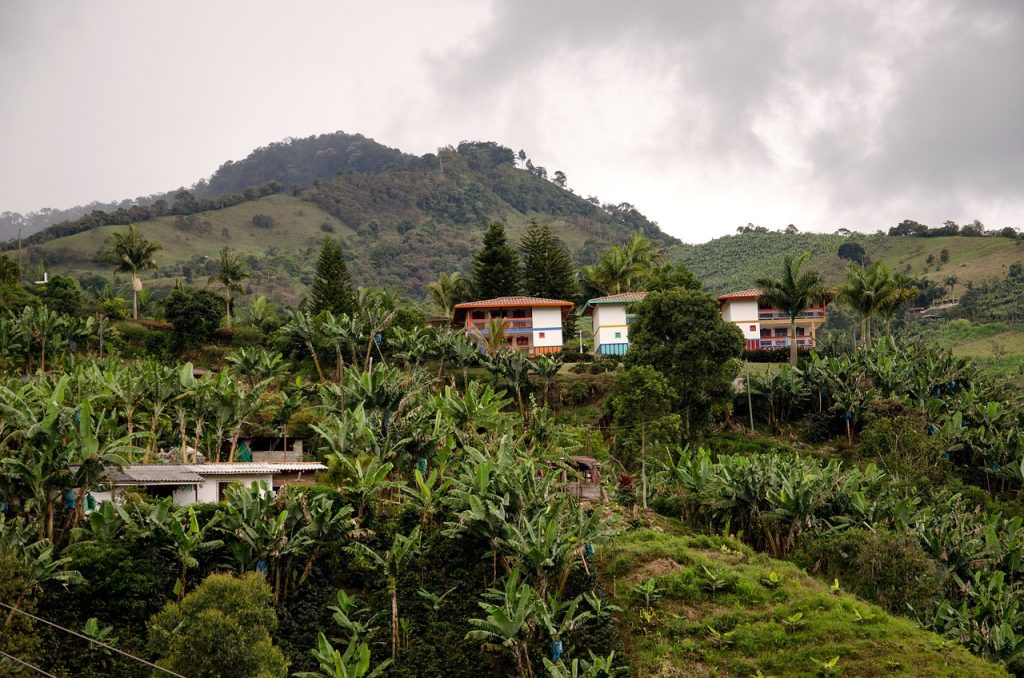
3. Serene Desert Oasis Gardens
Desert Garden is a type of home garden for those who want a low-maintenance garden but a luxurious vibe. These plants are suited for warm areas with a well-drained soil system. You can embrace the natural rugged beauty with a sustainable, drought-tolerant oasis garden of spiky cacti, yucca, and billowing ornamental grasses that thrive with little water. Adding unexpected, lush pockets of greenery around a shaded cabana or lounging area creates a striking contrast. Keep water features like recirculating stone waterways or weathered metal fish accents at the center. Other elements to tie in the desert vibe are brightly colored tiles, Corten steel sculptures, wooden or gravel walkways, succulents in geometric concrete planters, and simple rammed earth hardscaping.
Add big rocks and plan out effective plantations for a striking effect in your sculptured garden. Plant uniformly and accordingly to create balance without dumping everything, creating clutter. Replace grass with gravel for better water seepage into the soil, and opt for solar lights for a dramatic effect and sustainability.
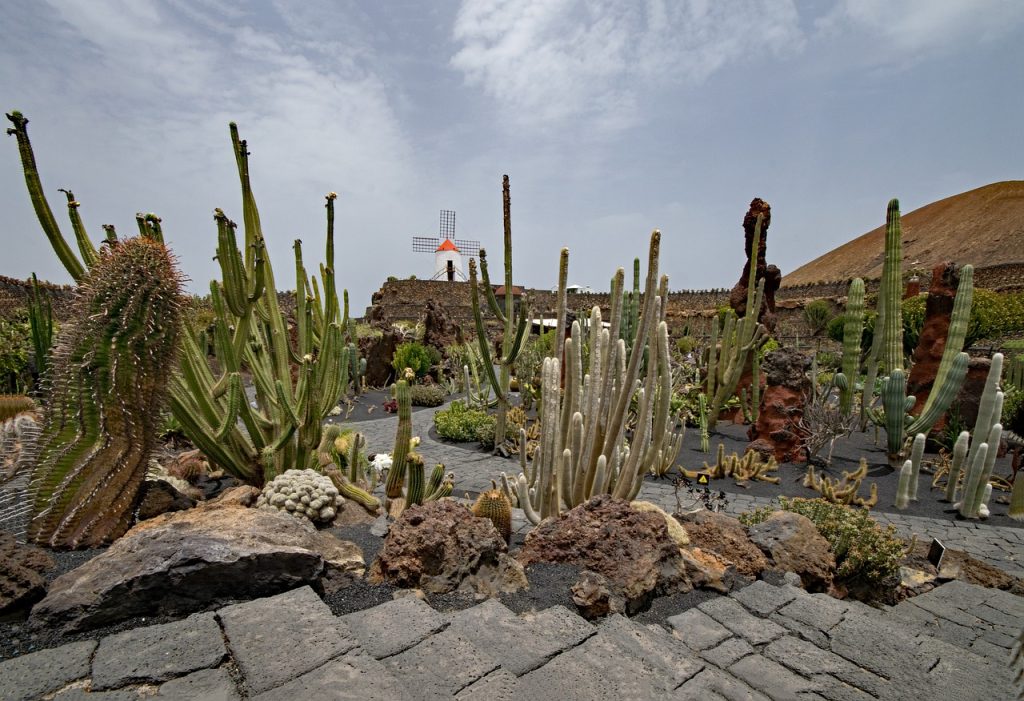
4. Certified Backyard Wildlife Sanctuaries
One of the most environmentally friendly gardening options is to cultivate a Certified Wildlife Habitat by going native with your plantings to provide crucial food and shelter for local birds, butterflies, and pollinators. Planting local flowers, shrubs, and trees can help sustain your area’s natural ecosystem. Adding bird-friendly landscapes such as a birdfeeder, mini-fountains, birdbaths, and butterfly feeders can attract and appeal to wildlife visiting your garden frequently. Include host plants for caterpillars, nesting areas with birdhouses and bee shelters, and water sources like solar-powered fountains or ponds.
Remember, with great beauty comes great responsibility, so use sustainable practices like avoiding pesticides and chemicals, reusing water through circulating water structures, and using organic fertilizers for your plants. If you are looking for: What to plant? Then it depends on where you live, but you can opt for a variety of regional blooming flora like Coneflowers, Milkweed, and Serviceberry shrubs, plus a diversity of multilayered canopy trees.
5. Vertical Gardens
One gardening style that epitomizes the perfect fusion of lavish design and eco-friendly practices is the installation of towering vertical gardens. Also known as living or green walls, these lush floor-to-ceiling landscapes add a striking botanical element to interior and exterior spaces while providing all the environmental benefits of traditional gardens in an ultra-efficient footprint. Covering structural facades or freestanding panels with a densely planted tapestry of vibrant greenery softens the hardscapes with rich textures and colors that change with the seasons. Not only do these vertical ecosystems make a dramatic, high-end visual statement, but they also offer exceptional eco-friendly properties. The plants help purify indoor air by filtering pollutants, while outdoor vertical gardens provide crucial urban habitats for birds, insects, and pollinators. They act as natural insulators to reduce heating and cooling costs and capture airborne particulates to improve overall air quality.
To pair sustainability with opulent aesthetics, vertical gardens can incorporate flowering vines like Jasmine and Bougainvillea, textural sedums and succulents, fragrant herbs, cascading ground covers, and even edible flowering vegetables or fruits for artfully cultivated “edible walls.” For the ultimate in lavish vertical garden design, some luxury properties even integrate multi-story towering tree installations within the buildings themselves. Enormous specimens of Ficus trees can be rooted hydroponically with suspended soil grates as a dramatic sculptural centrepiece surrounded by complementary living walls.
6. Creating Lush, Low-Maintenance Landscapes
Of course, the luxury garden is only complete with lavish landscaping and plantings. But rather than water-guzzling greenery or fussy garden beds, sustainable gardeners focus on:
- Native plant species suited to the local climate that require less water and chemicals
- Hardy plants with beautiful sculptural forms like ornamental grasses and succulents
- Edible gardens with fruit trees and raised vegetable beds for homegrown produce
- Pollinator gardens with wildflowers, butterfly bushes, and other nectar-rich blooms
- Clump bamboo stands or decorative perennial gardens as low-maintenance greenery
- Dry creek beds rocked areas, or intentional hardscaping to limit water needs
- Intelligent irrigation systems that precisely deliver water only when and where needed
The low-maintenance greenery allows you to enjoy maximum lushness and garden beauty with less fertilizer, pesticides, manual labor, and resources required. It’s the ultimate in luxurious, effortless elegance. You can use sustainable materials that can help with your garden’s upscale, opulent look and feel. Some popular options include:
- Beautifully grained woods like Ipe, teak, and black bamboo for decks, pergolas, trellises, or planter boxes
- Porcelain tiles made from natural clay for elegant, low-maintenance patios
- Glass tiles containing recycled materials for stylish outdoor kitchen backsplashes
- Ornate wrought iron or aluminum furniture with weather-resistant finishes
- Large ceramic, stone, or concrete planters and water features
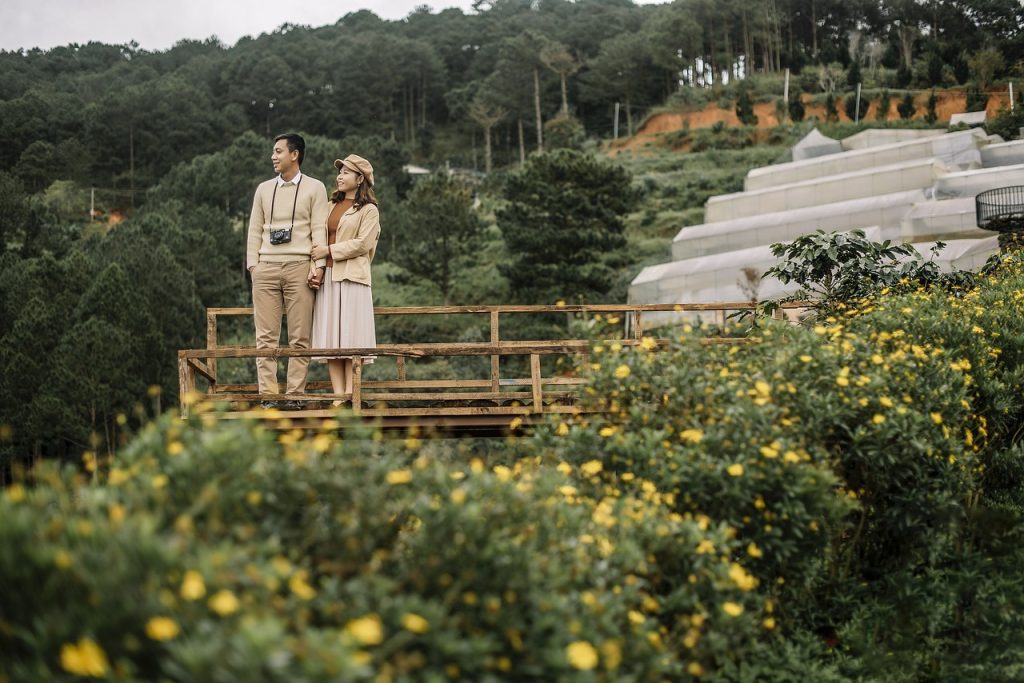
7. Edible Landscapes
Rather than devoting precious yard space to purely ornamental flowers and shrubs, opting for edible landscapes is beautiful and functional. By artfully integrating lush kitchen gardens, fruit orchards, and other ingenious food-scaping elements, these sustainable gardens provide homegrown bounty in an aesthetically pleasing way. The core of any edible landscape is the inclusion of raised cedar vegetable beds meticulously laid out in tidy geometric patterns. Rather than basic utilitarian beds, these are crafted with handsome, naturally weather-resistant wood like Ipe or cedar for a refined look. Integrate lush, raised cedar vegetable beds with hearty greens, espaliered fruit trees lining garden walls, rustic grape arbors trailing verdant vines overhead, and formal herb gardens with riverbed borders.
8. Sculptural Eco-Modern Gardens
The eco-modern garden style is all about integrating nature with innovative green technology and materials for sleek modern luxury combined with cutting-edge sustainability. These high-tech yet organic outdoor spaces merge geometric minimalism with lush sculptural plantings and surfaces. In geometric beds, incorporate low-maintenance succulents like agaves, sedums, and paddle plants. Use tall upright plants like phormiums, yuccas, and restios for striking form. Groundcovers such as dymondia create a soft green “carpet.” Utilizing decomposed granite, gravel, and crushed stone with incorporated LED or solar lighting. Water features with raised basins or pools with fitted glass fire bowls for an alluring fire-on-water element. Intelligent systems provide climate control for shaded pavilions, while solar panels allow a zero-carbon footprint. The overall vibe blends nature’s textures with modern design for a sustainable yet luxurious aesthetic.
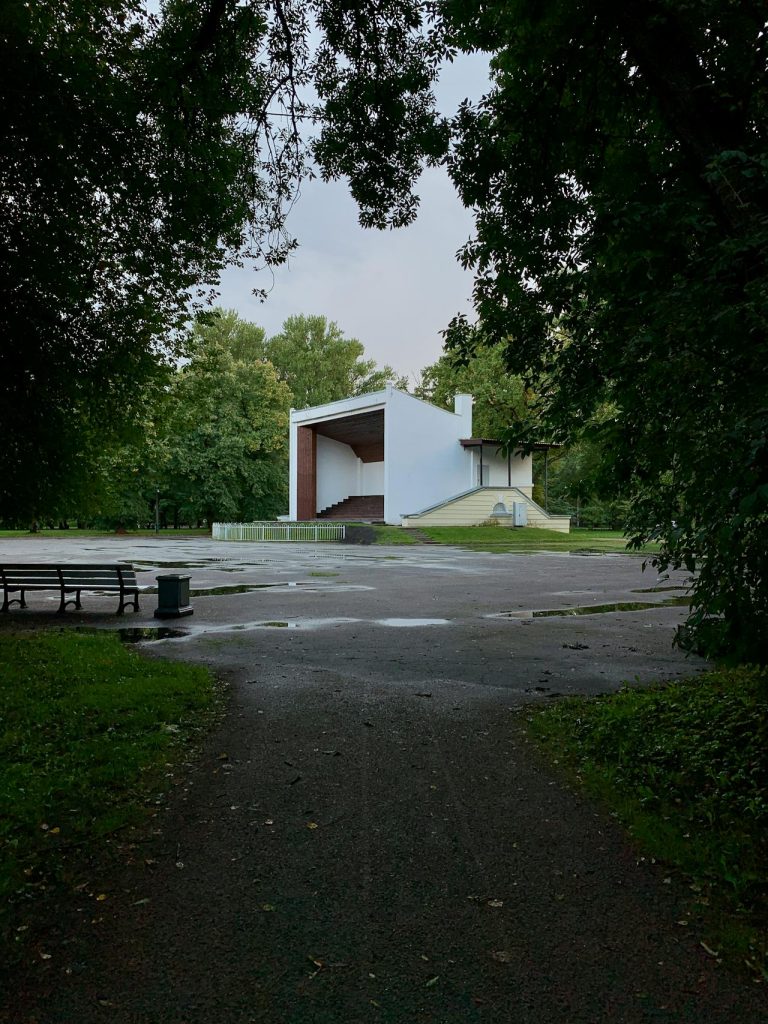
Conclusion
No matter which style of lavish sustainable garden you’re craving – from peaceful Zen minimalism to lush tropical escapes to high-tech modern luxury – you can make your eco-friendly dream landscape a reality. With a focus on locally sourced durable materials, native, drought-tolerant plants, and intelligent green technologies, these high-end yet environmentally conscious gardens provide the ultimate retreat: the ability to luxuriate in nature’s beauty without compromising our planet’s precious resources.
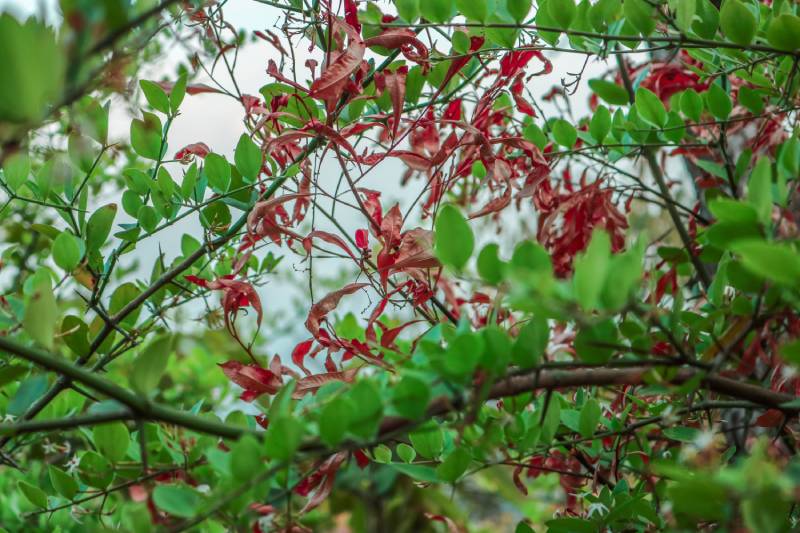
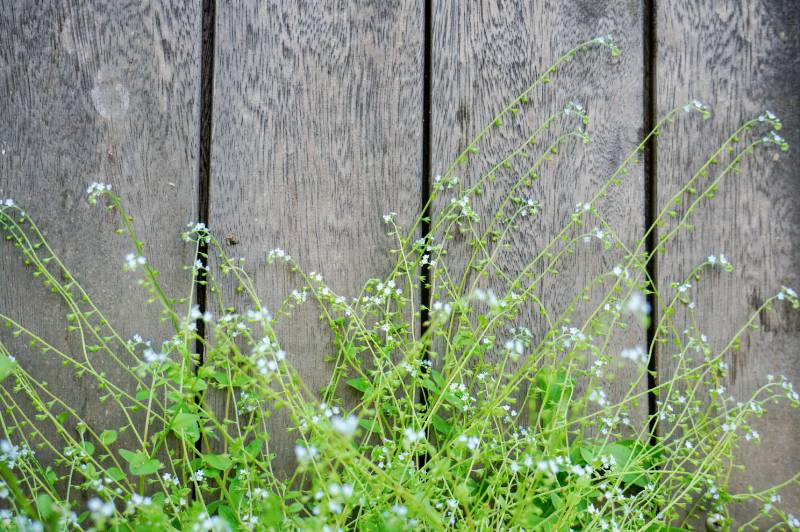
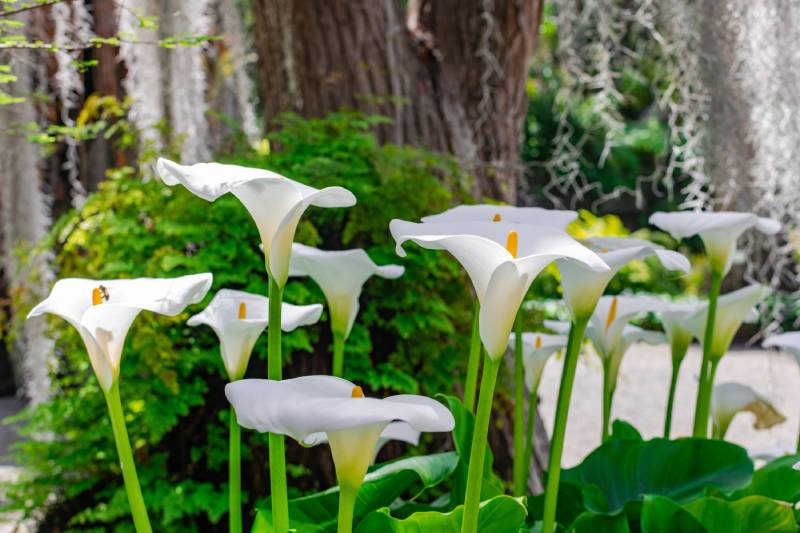
Leave a Reply